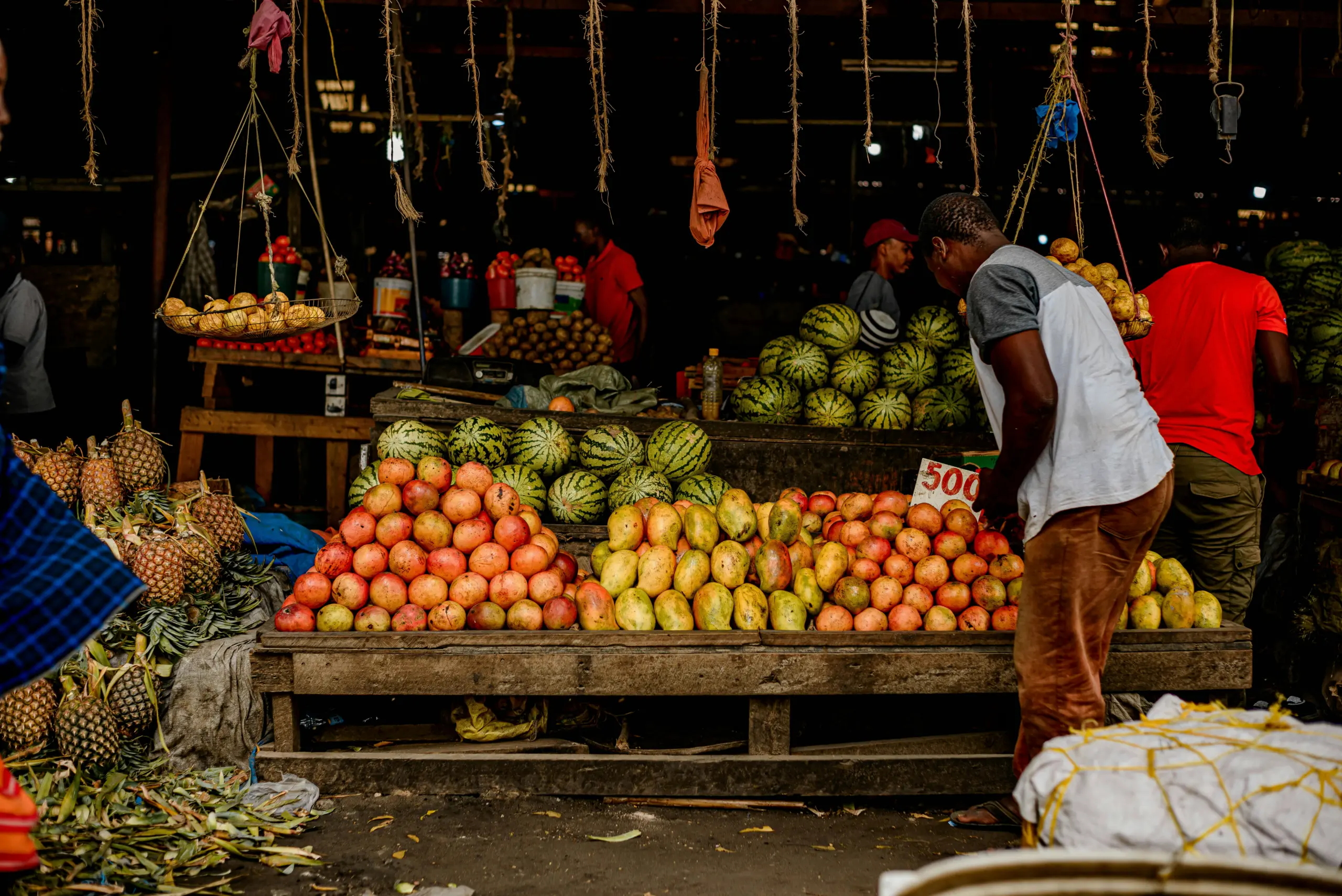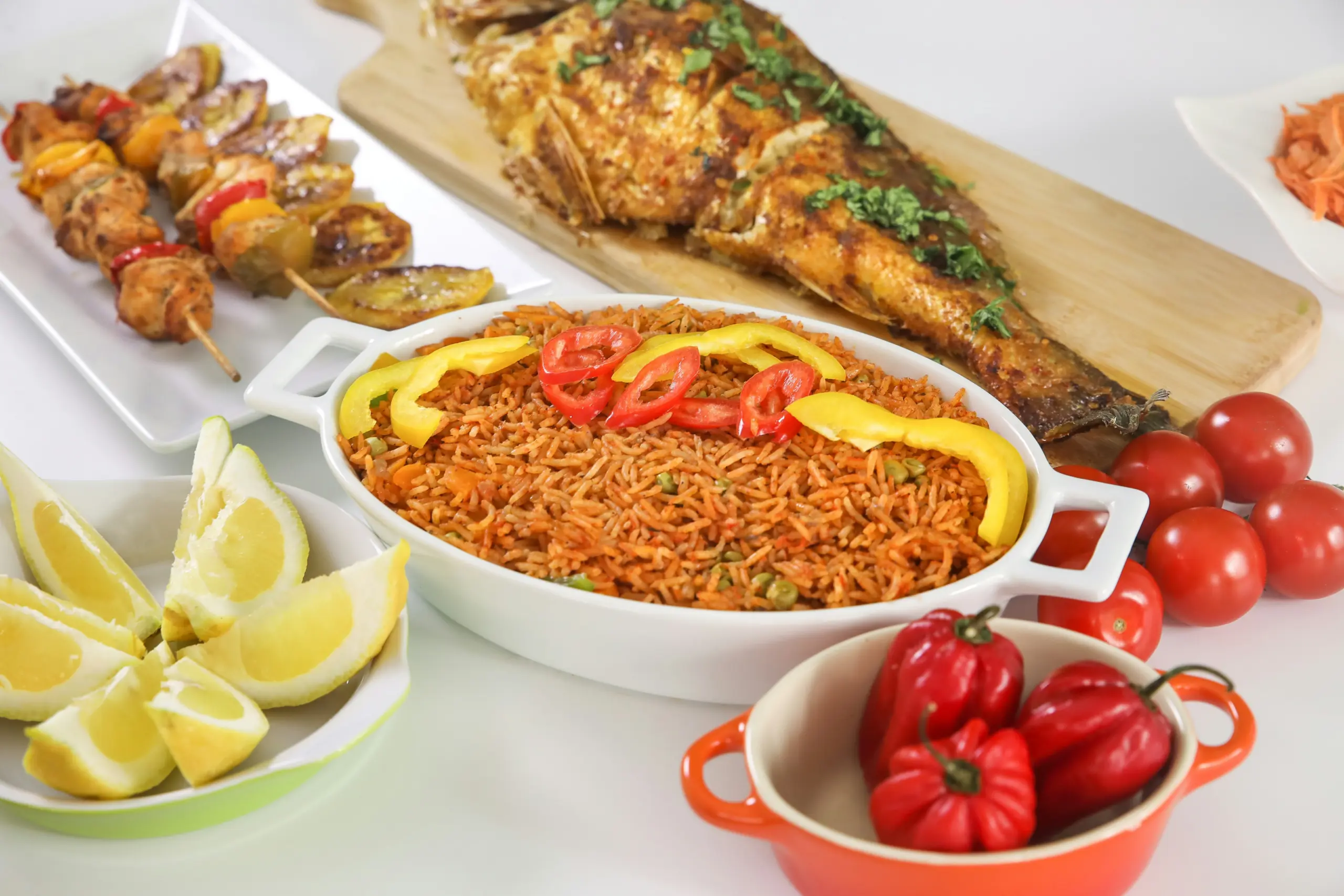From Suya to Caviar Couscous – How Africa’s Food Scene Is Redefining Itself
Africa’s food story is changing fast. Once overlooked, it’s now bursting with flavor, tradition, and creativity—from busy street corners to fancy restaurants. In Lagos, Marrakech, and Cape Town, the continent’s food culture is grabbing global attention.
Spices, Smoke & Soul: The Power of African Street Food

To understand African cuisine, start in the streets. In Lagos, Nigeria, the smell of suya—spicy grilled meat—is everywhere. It’s more than food; it’s a part of daily life. Vendors have secret spice mixes made from ground peanuts, chili, and ginger.
In Marrakech, Morocco, the Jemaa el-Fnaa square turns into a food carnival at night. You’ll see grills cooking lamb, pots bubbling with snail soup, and meat sizzling on open flames. The scents of harissa, fresh mint tea, and spices fill the air.
Cape Town, South Africa, adds a modern twist. Markets like Neighbourgoods and Oranjezicht offer traditional dishes like bobotie and new ones like chakalaka tacos or local kombucha.
Across Africa, street food is local, flavorful, and always changing. It’s also inspiring young chefs to explore their roots in exciting ways.
From Everyday to Elegant: Local Ingredients Go Gourmet
Now, chefs are turning traditional dishes into fine dining experiences. But they’re not changing the heart of the food—they’re just polishing it.
In Nairobi, Chef Njuguna at Cultiva Kenya uses cassava and millet in creative ways, along with local vegetables like managu and sukumawiki. In Lagos, Chef Michael Elegbede reimagines West African staples with modern flair—think jollof rice turned into foam, or sauces made from palm wine.
In Johannesburg, Chef Wandile Mabaso mixes French cooking with African heritage, making dishes like impala tartare or wild spinach broth. Cape Town’s top restaurants like FYN serve local favorites with global twists, including springbok or snoek paired with kimchi.
Even in Morocco, chefs like Najat Kaanache at Nur in Fez are exploring traditional ingredients in new ways, using argan oil, saffron, and more in modern menus.
What stands out most is the stories behind each dish—stories of place, memory, and identity.

Food as Culture, Power & Opportunity
Africa’s food revival isn’t just about taste. It’s about people.
In Ghana, women-led groups produce shea butter that supports families. In Cairo, rooftop gardens grow herbs and vegetables in the middle of the city. In Senegal, the Slow Food movement keeps ancient grains like fonio and sorghum alive.
In Ethiopia, coffee ceremonies are becoming tourist attractions. Guests get to roast beans, brew coffee, and connect with tradition.
Food tourism is also booming. Cities like Accra and Kigali offer food tours that support local cooks and guides. Festivals in Cape Town or Addis Ababa are giving African chefs a stage to shine.
It’s not a passing trend. Africa’s food culture is growing strong—and it’s changing lives.
A Place at the Global Table
Africa’s cuisine is bold, rich, and full of life. From street snacks to gourmet plates, it’s a story of tradition and fresh ideas. Whether you’re eating grilled plantains in Ghana or sipping baobab juice in Namibia, you’re tasting something real.

